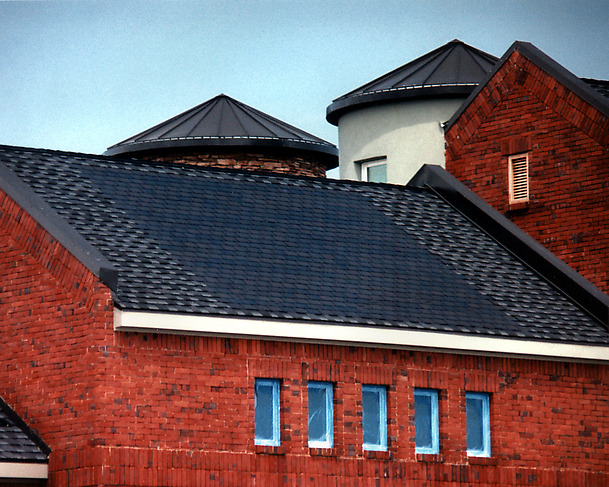
Most of us would love to conserve energy and when that thought comes to mind, we can’t help ourselves, but to think about solar power.
A lot of homeowners have been interested with the idea of using solar power, however, they are conscious that placing large panels on the roof can be an eye-sore and can possibly decrease the perceived value of their home if the new buyers don’t like the way it looks.
This is where solar shingles become an ideal option. Basically, the design of this type of shingle is similar to an ordinary asphalt. It’s capable of protecting the roof and is considered to be durable and long-lasting at the same time. Aside from that, the installation process is quite easy, that almost anyone will have the ability to do so.
Here are some of the most common types of solar shingles available in the market today:
Thin-film Solar Shingles
This has been the newest type of solar shingles available and it utilizes CIGS technology.
When compared to traditional shingles, this type matches the malleability of a regular shingle, but are less economical than traditional silicon technology. It is usually more affordable than other types of solar singles. Thin-film solar shingles can be set up within 10 hours – it takes 20 hours to install the original solar shingle.
Silicon-based Solar Shingles
There are solar shingles that contain silicon and these are considered to be more practical and efficient than the thin film solar shingles. Silicon based shingles are capable of converting up to 22% of natural sunlight into electricity.
Keep in mind that all solar shingles are still fairly new. They came into existence in 2005 so the technology is quickly advancing.
The Power Solar Shingles Produce
Depending on the brand, each shingle has the ability of producing 13-63 watts of energy. That in mind, for those who are thinking of using a shingle producing 13 watts, there will be a need of around 77 tiles to conceal a 100 sq. ft. roof. That should give you a general idea of how many shingles you will need for your roof.
Are Solar Shingles Weather-Proof?
Yes, similar to traditional shingles, solar shingles are capable of withstanding heavy rain, strong wind, and hail. Although since solar shingles have only been available since 2005 there is not much data available on their durability over several decades.
Solar Panels or Solar Shingles?
As good as they may sound, photovoltaic tiles (solar shingles) are not really the ideal solution. For solar shingles, there’s a need to ensure that the roof is properly angled just so it can receive the recommended amount of sunlight. Aside from that, there’s also a need to acquire a roofing substrate that can withstand heat and promote proper air circulation.
For those who are interested in using solar shingles, it’s advisable to call an installer to check out the roof first and see if it’s possible.
Solar panels are more flexible because they can easily be angled even when the roof is facing the opposite direction where it’s supposed to be installed. Likewise, they can be transferred from one place to another if it’s needed, and there’s no need to replace the roof for that.
Regular solar panels are also more affordable and efficient. This gives the user the assurance that it wouldn’t affect the electric bill that much.
Lastly, solar shingles are newer so there are fewer installers who are capable of installing them. You will have to do slightly more research in finding an experienced shingle installer than you would a traditional solar panel.
